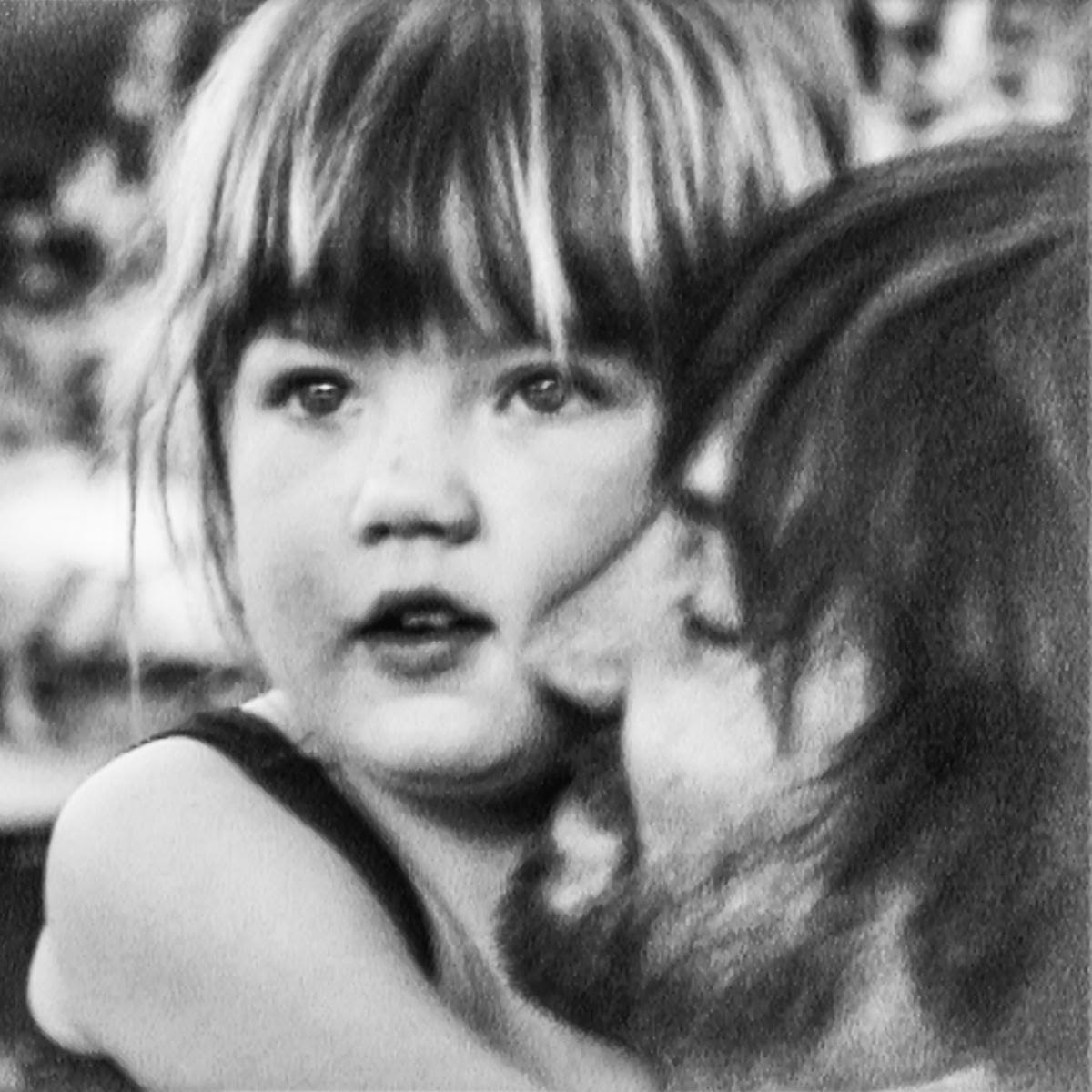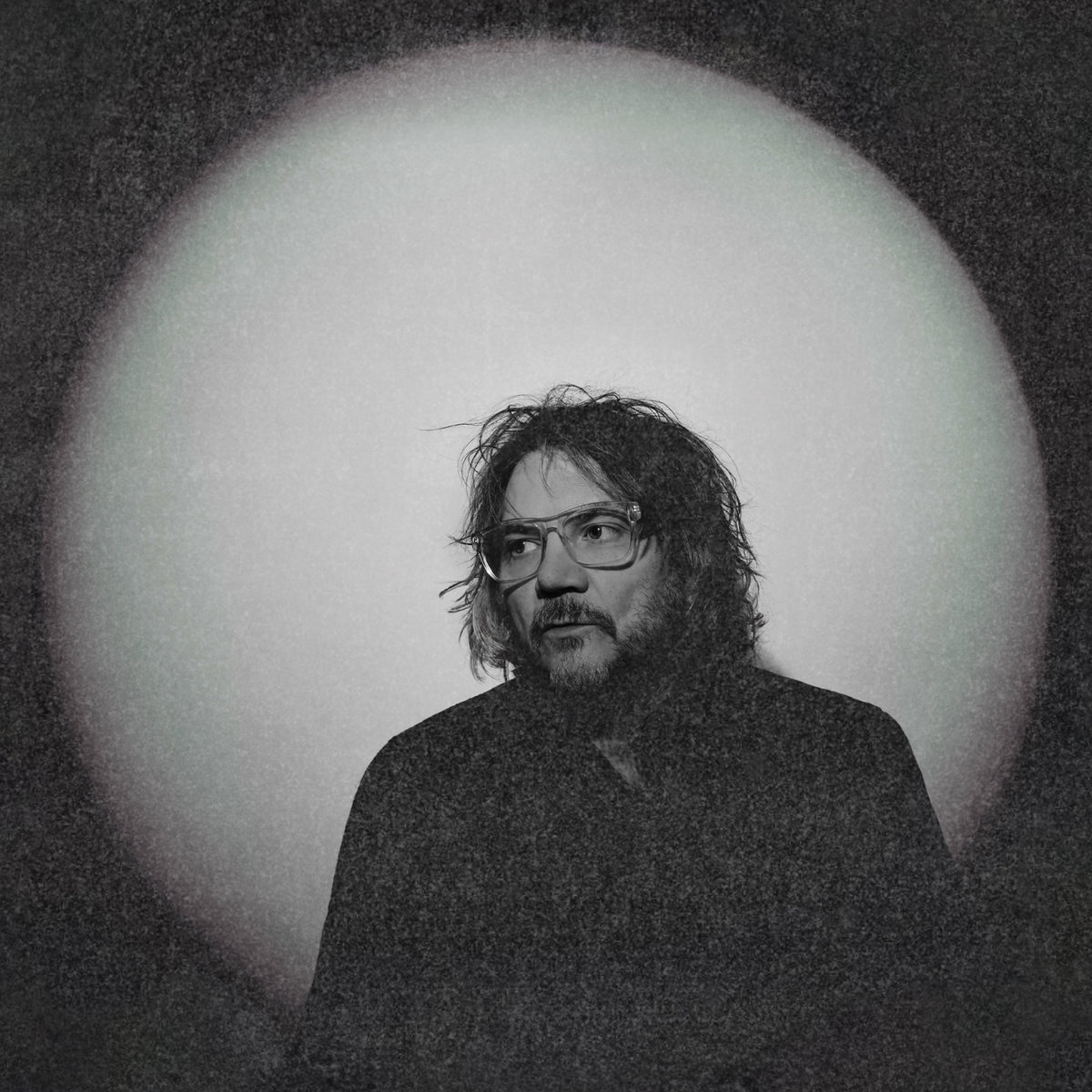After being honored at a benefit gala for the Parsons School Of Design last spring, Solange shared pictures and video on her Instagram account of herself and her friends twerking atop a limo in Manhattan. Her caption was accompanied by an orbiting shooting-star emoji: "can’t take texas or dc girls nooooo damnnn whereee." For an artist renowned for her bold yet minimalist high-art aesthetic, Solange seems to have no problem sharing her goofy, casual side with the world. Though her social media accounts are periodically wiped clean, they always eventually become home to images of her living outside of the deliberate, carefully orchestrated stage persona that has become a trademark of her performances. That total unrestricted ease flows through her new album, When I Get Home.
While 2016’s A Seat At The Table was a celebration of black love and empowerment, When I Get Home channels the warmth that comes with a sense of true belonging. On this album, Solange isn’t making impassioned declarations so much as she’s capturing and curating moments of levity. The wandering, vibrating intro and outro tracks signal that When I Get Home is transporting listeners in and out of a realm of intimacy. The entire album has the urgency of someone leaving a party, stopping to say goodbye and quickly catch up with anyone they see on the way out. Unhurried tempos, vibrating synths, and heavy psychedelic, jazz, and soul influences combine to deliver Solange’s most dreamlike collection of songs yet.
[articleembed id="1902251" title="Premature Evaluation: 'A Seat At The Table'" image="1902258" excerpt="On 'A Seat At The Table', Solange rejects the stereotype of the "Angry Black Woman.""]
The title When I Get Home refers to a feeling of longing and nostalgia that anyone who feels some attachment to their roots might connect with. But for Solange, home is a specific place: Houston, Texas. As such, Home is full of tributes to the city, from songs named for particular locations to an appearance from Houston rapper Devin The Dude and references to the late DJ Screw. Solange and her sister Beyoncé have always been vocal about their love of their hometown, and the accompanying film for When I Get Home is replete with cowboy hats and horses, a salute to Solange's Texan upbringing. A year after A Seat At The Table was released, Hurricane Harvey flooded much of the city, and Home is both a balm and an invitation; it welcomes strangers to the city and it serves as a love letter to other Houstonians.
On stand-out track, "Almeda," Solange recites a long list of beautiful black and brown things ("brown face, black skin, black braids, black waves") over a booming bass line. Later, Playboi Carti and The-Dream appear to deliver verses matching the relaxed but somehow still bombastic production: "Just sittin' here foolin' around/ We just sittin' here coolin' around/ We just sittin' here high, comin' down." For anyone who has never been to the Almeda area of Houston, Solange offers a snapshot of a joyous black community, throbbing with pride.
Scattered across Home are interludes sampling snippets of videos and poetry, evoking the modern hang-out session in which YouTube videos and old records are easily paired diversions. "Can I Hold The Mic," produced by Solange and French composer Chassol, begins with a clip of two friends playfully fighting over the chance to talk into a microphone. Those friends are Diamond and Princess, members of the Atlanta hip-hop group Crime Mob, but they sound like they could be any pair of girls clowning around for the camera. From there, the track switches up to Solange claiming her multitudinous identity -- "too many parts, too many spaces, too many manifestations, too many lines, too many curves, too many troubles, too many journeys, too many mountains, too many rivers, so many" -- over a building accompaniment.
On Home, space between individual tracks blur. Tempos and melodies switch up mid-song, beats carry over and fade from one into the next. Occasionally, Solange reflects back on A Seat At The Table -- like on "Time (Is)," which begins with a lone, bright chord that recalls the opening of "F.U.B.U." Those blurred lines and shades of destabilization add to the album’s dreamy quality as well as the underlying energy that this LP was created casually alongside a group of friends.
The track that perhaps best exemplifies this conjunction is "My Skin My Logo." On it, Solange and Gucci Mane deliver eyes-low verses about each other with the assured swagger of two friends trading freestyles on the living-room couch. "Gucci on his sheets, Gucci on his feet/ I didn't wanna sock her, she had Gucci on her cleats," Solange says with a laugh. Midway through, the song transforms into a bopping, synthetic backdrop that accentuates her soaring, Minnie Riperton-esque vocals that build to a glittery outro. What starts with friendly riffing ends in blissful melody. The juxtaposition of styles emphasizes the bridge between the two, the ecstasy to be found in collaboration and mutual affirmation.
Clocking in at 39 minutes, When I Get Home’s slinking tempo masks its swiftness. The final song, "I’m A Witness," echoes parts of opener, "Things I Imagined," resulting in a feeling of déjà vu at the conclusion. "Was it all a dream?" Solange sings, prompting the listener to wonder. In many ways, returning home -- to a place, to a feeling, to a time, to a group of friends -- can feel like entering an induced fantasy. On When I Get Home, Solange examines the contours of that feeling and reproduces it in measured but spectacular fashion. In her vision there's no question: You can always go home again.
When I Get Home is out now via Columbia.






